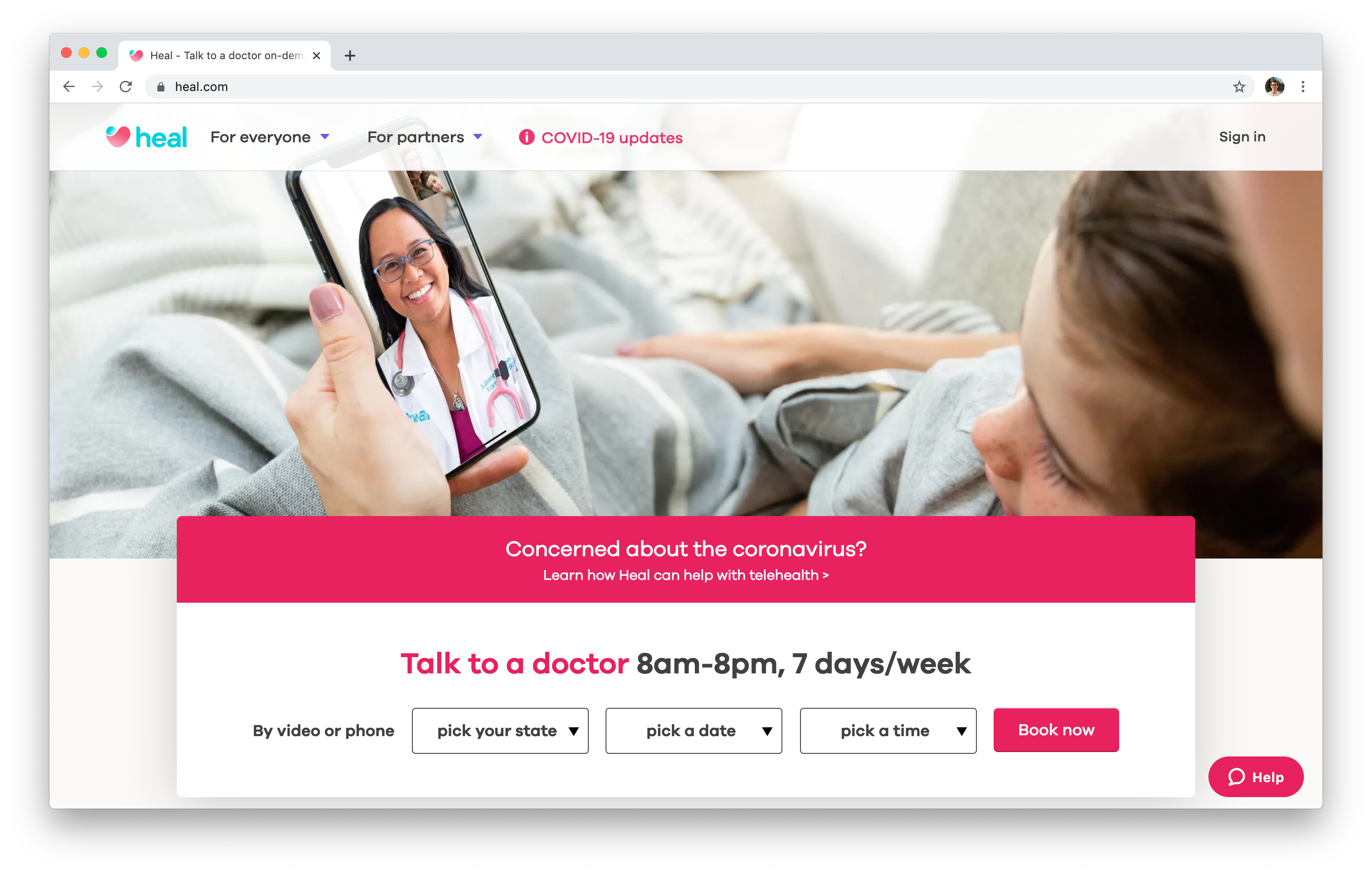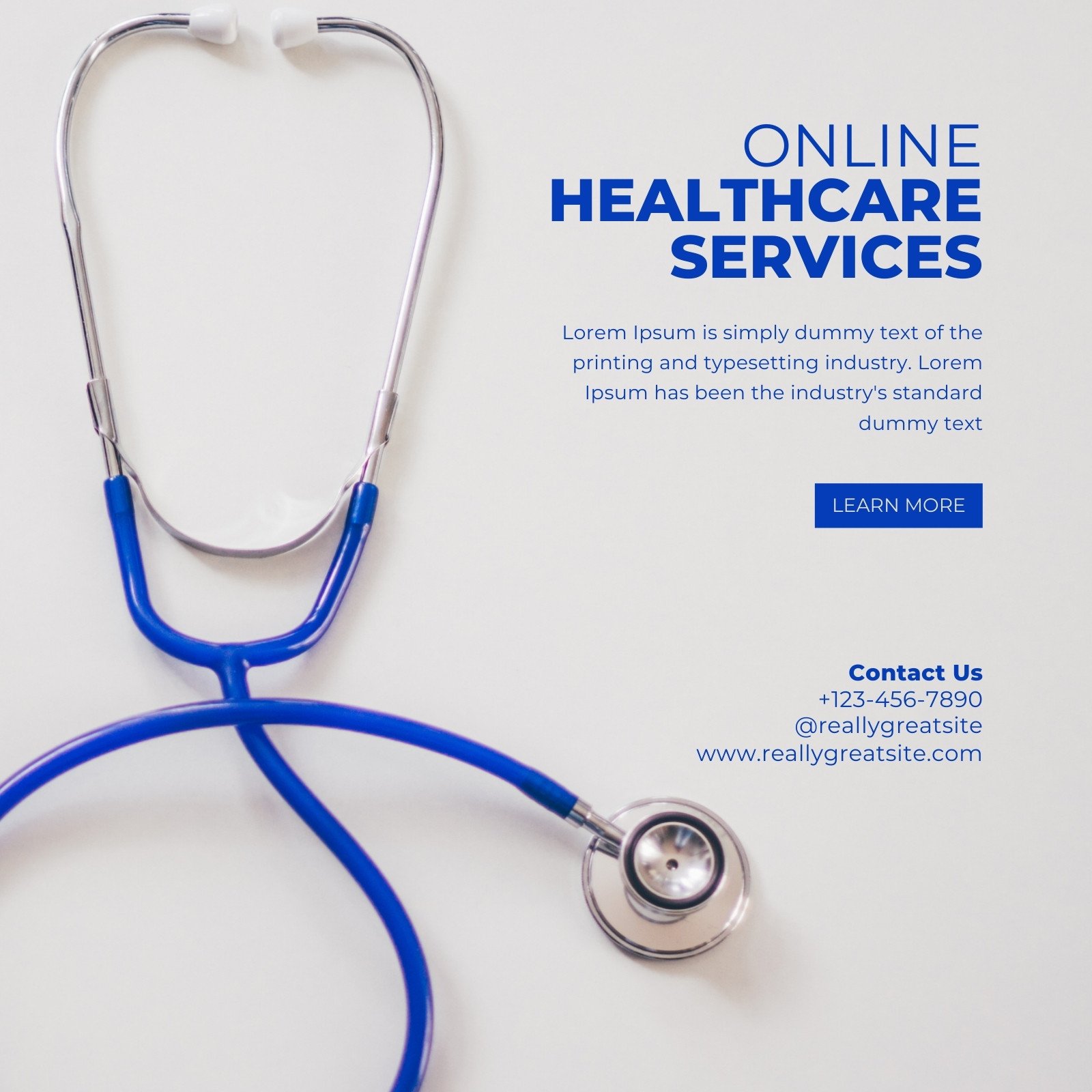A Comprehensive Overview to Subscription Based Healthcare: What You Need to Know
A Comprehensive Overview to Subscription Based Healthcare: What You Need to Know
Blog Article
The Surge of Subscription-Based Medical Care and Its Influence On Individual Care
As medical care advances, the subscription-based design is obtaining traction, guaranteeing to reinvent individual care by supplying predictability and ease of access. These models, which bypass standard insurance policy, could redefine the patient-doctor dynamic, emphasizing preventative and individualized care. Yet, similar to any kind of advancement, they provide obstacles, especially concerning equitable gain access to for all socioeconomic teams. The potential for these versions to improve medical care distribution raises pushing concerns concerning their lasting sustainability and inclusivity. Are these membership services the future of health care, or do they risk leaving at risk populaces behind? The complexities of this change warrant a closer exam.
Recognizing Membership Health Care Versions
Realizing the principle of subscription healthcare versions includes checking out a transformative method to clinical solutions that highlights cost and access. These models, commonly referred to as straight key treatment (DPC) or concierge medication, have become innovative choices to traditional fee-for-service healthcare systems. Registration medical care allows patients to pay a set monthly or annual charge for a defined set of medical services, which may include endless office sees, regular examinations, and fundamental lab tests, without the demand for standard insurance payment.
The framework of subscription health care models is created to streamline client care by removing third-party payers and complex payment codes, thereby minimizing management burdens. Doctor can concentrate a lot more on person care, fostering stronger patient-provider partnerships. This version also advertises preventative care by encouraging regular visits, as the financial barrier of per-visit charges is removed.
The registration version commonly empowers health care suppliers to take care of smaller client panels, permitting more customized care. It straightens economic incentives with patient wellness results, as service providers are inspired to preserve individual fulfillment and well-being. Overall, recognizing registration healthcare models requires acknowledging their possible to improve just how care is supplied and accessed.
Advantages for Clients and Service Providers

With a consistent earnings stream, health care experts can devote even more time to each individual, leading to a much more extensive and individualized treatment experience. The focus on preventive treatment within subscription plans can lead to far better patient results and minimized lasting medical care costs.
Concerns and obstacles
While subscription-based healthcare versions present countless benefits, they also come with a set of obstacles and problems that have to be dealt with. This raises moral inquiries regarding equitable access to health care services.
Financial sustainability of subscription-based versions is another problem. Service providers need to balance the fixed revenue from subscriptions with the variable expenses of medical care services, which might fluctuate as a result of unanticipated clinical needs. This can create stress to limit solutions or boost fees, possibly influencing client contentment and care top quality.
Furthermore, governing oversight of subscription-based health care versions is still evolving. The absence of standardized structures can cause inconsistent service quality and accountability, complicating efforts to ensure person security. The integration he has a good point of innovation-- typically a foundation of these designs-- elevates inquiries regarding information personal privacy and security, as sensitive individual details could be susceptible to violations. Attending to these challenges is crucial for the fair and effective execution of subscription-based healthcare.
Impact on Patient-Doctor Relationships
One considerable effect of subscription-based healthcare designs on patient-doctor partnerships is the possibility for enhanced continuity and customized treatment. By adopting a registration design, doctors can handle a smaller patient panel, enabling for more dedicated time with each person. This raised schedule cultivates a deeper understanding of an individual's case history, lifestyle, and choices, allowing much more tailored treatment strategies and interventions.

Nonetheless, it is very important to acknowledge that while subscription-based designs may benefit those who can afford them, they might unintentionally expand healthcare variations. People who are incapable to take part in these designs could experience lower access to personalized care, possibly impacting their partnerships with doctor. Therefore, while the membership model provides appealing advantages for patient-doctor relationships, it additionally poses challenges that need to be dealt with to guarantee equitable healthcare accessibility.
Future of Health Care Accessibility

The duty of technology can not be ignored in this transformation. Telemedicine platforms and digital health records assist in smooth interaction in between patients and doctor, breaking down geographical and logistical obstacles. Additionally, advancements in expert system and information analytics can even more personalize treatment by forecasting client requirements and maximizing treatment plans.
Nevertheless, the future of medical care gain access to also presents obstacles, such as making certain equity throughout different socio-economic groups. Policymakers and healthcare companies have to team up to link the electronic divide, making certain that subscription-based versions stay check out here budget-friendly and inclusive. As these systems develop, they hold the guarantee of making healthcare extra easily accessible, efficient, and patient-centric.
Verdict
Subscription-based medical care models are reshaping person care by providing a stable price framework and boosting ease of access. These models reinforce patient-provider partnerships via personalized care and regular brows through, highlighting preventative wellness. Despite these advantages, difficulties such as availability problems for low-income populaces and the demand for fair medical care services persist. The rise of subscription-based medical care encourages positive individual involvement, which has the potential to enhance client outcomes and fulfillment, indicating a transformative change in health care delivery.
As medical care develops, the subscription-based model is gaining traction, guaranteeing to revolutionize individual care by offering predictability and ease of access.Subscription-based health care models offer unique advantages for both clients and companies, improving the general healthcare experience.As healthcare systems advance, the future of healthcare access frequently hinges on the assimilation of innovative models and modern technologies.Subscription-based medical care models are improving individual care by offering a secure cost framework and boosting accessibility. The surge of subscription-based health care motivates proactive individual engagement, which has the prospective to enhance client results and complete satisfaction, signifying a transformative shift in health care distribution.
Report this page